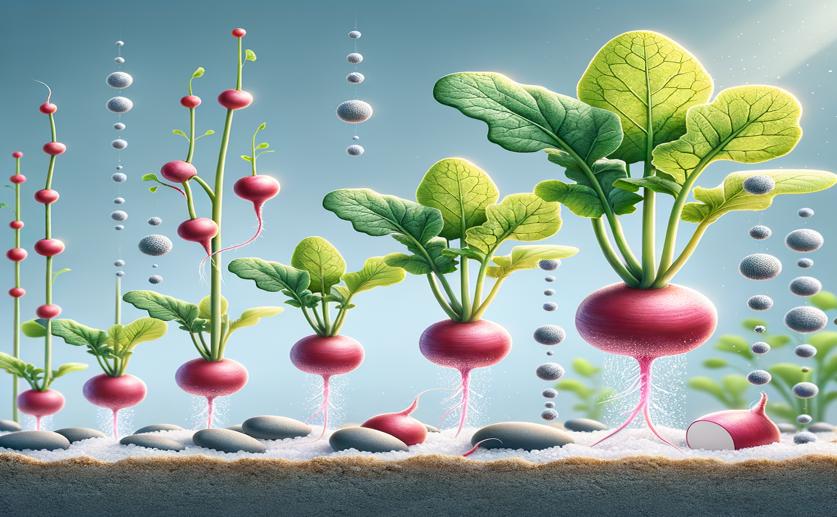
How Zinc Oxide Nanoparticles Help Radish Seeds Grow in Salty Conditions
Greg Howard
24th July, 2024

Image Source: Natural Science News, 2024
Key Findings
- The study from Nanjing Agricultural University developed a non-destructive method using near-infrared hyperspectral imaging (NIR-HSI) to monitor radish seed germination
- NIR-HSI allows for rapid and accurate assessment of seed quality without damaging the seeds, improving efficiency over traditional methods
- The method achieved a high classification accuracy of 93.67% in identifying seed vitality, demonstrating its potential for industrial seed sorting applications
AgricultureBiotechPlant Science
References
Main Study
1) An exploration of the influence of ZnO NPs treatment on germination of radish seeds under salt stress based on the YOLOv8-R lightweight model
Published 23rd July, 2024
https://doi.org/10.1186/s13007-024-01238-8
Related Studies
2) Hyperspectral imaging for seed quality and safety inspection: a review.
3) Rapid and Nondestructive Measurement of Rice Seed Vitality of Different Years Using Near-Infrared Hyperspectral Imaging.
4) SSR-Sequencing Reveals the Inter- and Intraspecific Genetic Variation and Phylogenetic Relationships among an Extensive Collection of Radish (Raphanus) Germplasm Resources.
5) Robust seed germination prediction using deep learning and RGB image data.



 6th July, 2024 | Jenn Hoskins
6th July, 2024 | Jenn Hoskins